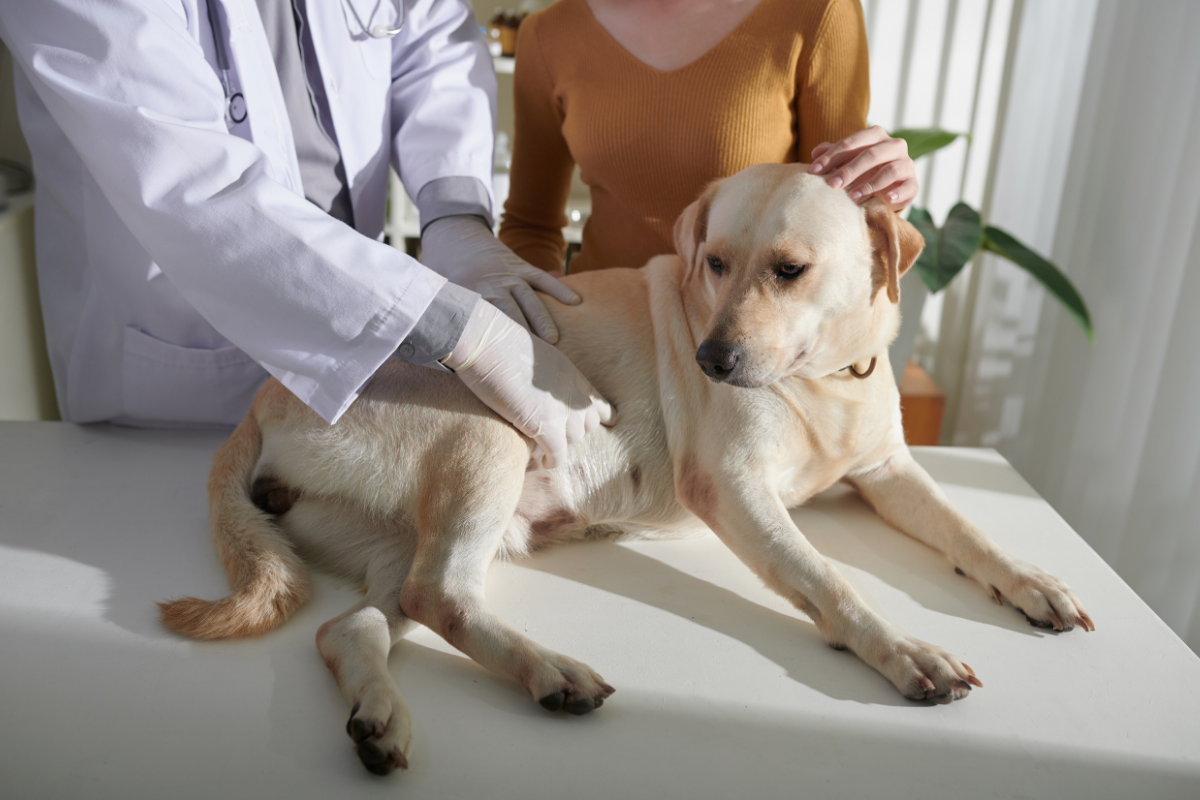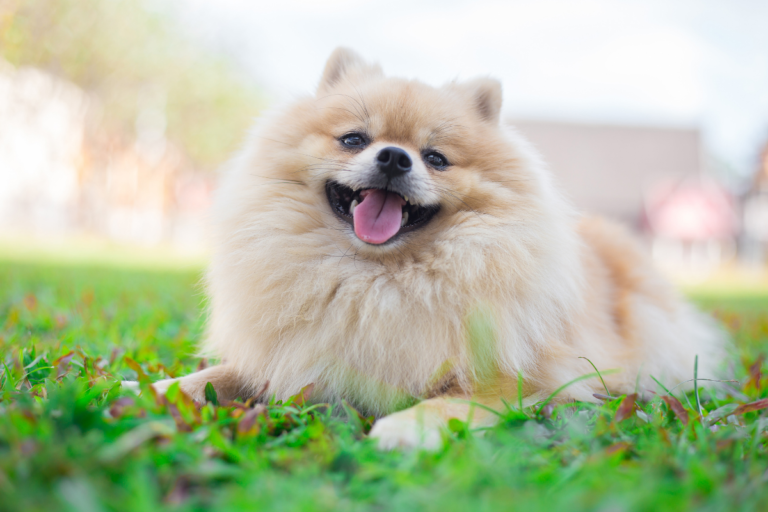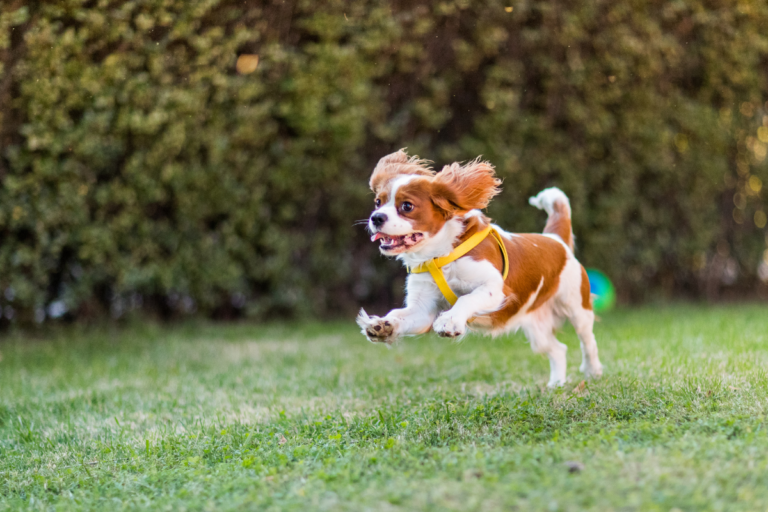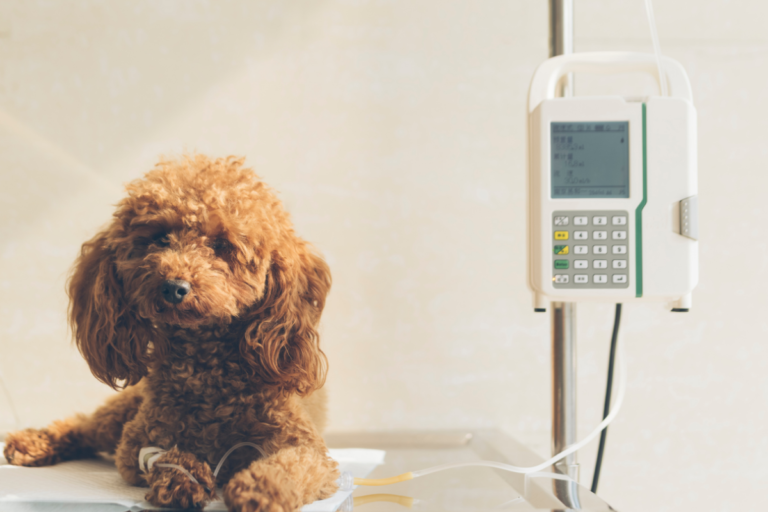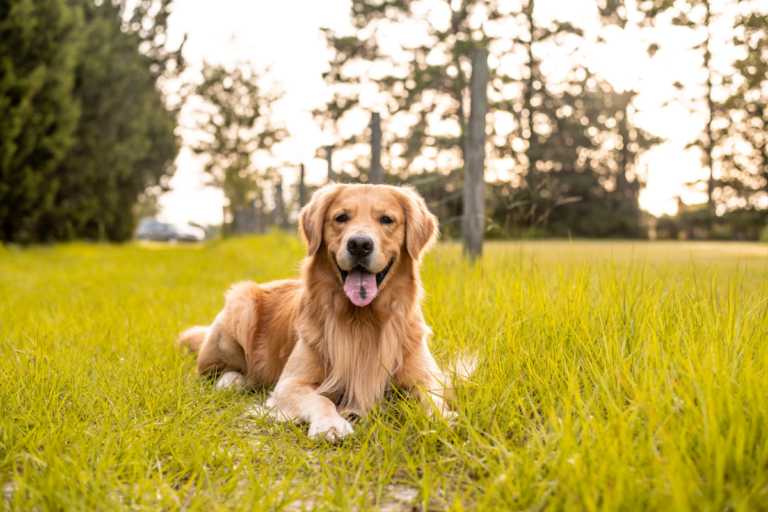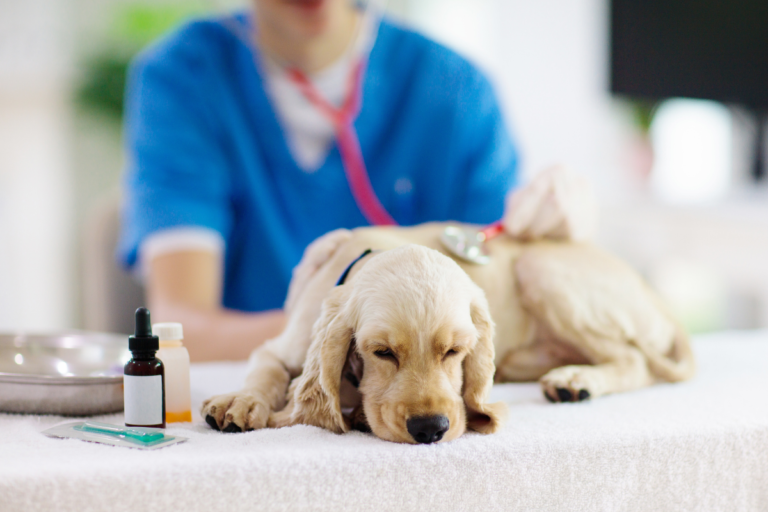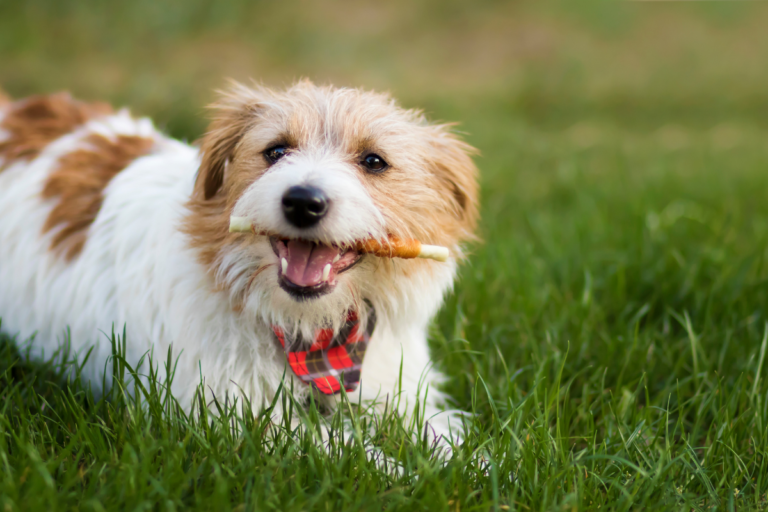Healing Stomach Woes: Combatting Ringworm on Dogs Stomach
Understanding Ringworm in Dogs
Okay, so let’s get one thing straight: ringworm has nothing to do with worms. It’s actually a sneaky little fungal infection that loves getting cozy on your dog’s skin and fur. We’re here to help you figure out the signs, look, causes, and how this fungus likes to spread, especially when your dog’s belly becomes its favorite hangout.
Symptoms and Appearance
Ringworm likes to make itself known with bald spots shaped like circles. Imagine your dog’s skin looking a bit like they’ve been into a strange art project—patchy and sometimes scabby. And just when you think “ringworm” isn’t such a fitting name, the center of these spots might heal first, creating rings. According to the folks over at the American Kennel Club, you might notice:
- Spotty bald patches
- Red, inflamed circles with scabs
- Hair that snaps off way too easily
- Claws that look like they’ve had a bad manicure
Dogs with a thick coat, little ones, or old-timer pooches catch this bugger more easily. These peculiar patches can pop up all over your furry pal—paws, legs, noggin, ears, or their tummy.
| Symptom | Description |
|---|---|
| Hair Loss | Circular, patchy, moth-eaten spots |
| Lesions | Red, itchy, scabby |
| Brittle Hair | Snaps off like it’s nothing |
| Infected Claws | Claws look just plain wrong |
Don’t miss our full rundown on dog symptoms for every little detail on spotting ringworm.
Causes and Transmission
The mischief-makers behind ringworm include types of fungi like Microsporum canis, Microsporum gypseum, and Trichophyton mentagrophytes (American Kennel Club). These fungi love messing with the top skin layer and hair roots. Here’s the scoop:
- Microsporum canis: Up to 70% responsible
- Microsporum gypseum: About 20% accountable
- Trichophyton mentagrophytes: Takes the blame in 10% of cases
| Fungus Type | Percentage of Cases |
|---|---|
| Microsporum canis | 70% |
| Microsporum gypseum | 20% |
| Trichophyton mentagrophytes | 10% |
Ringworm spreads by playing tag. Your pooch can catch it from other infected pets, people, or even from lying on contaminated bedding and furniture. The fungal spores are annoyingly tough and can hang around up to 18 months (American Kennel Club).
Getting to know these pesky symptoms and their evil minion fungi will help you in giving the best care. Make sure to keep things clean and look into treatments. Good hygiene’s your best bet to stop this fungus from setting up camp. For tips on avoiding doggie health woes, head over to our dog diseases and symptoms guide.
Diagnosing Ringworm in Dogs
Spotting ringworm on a doggy’s belly or any other fuzzy spot takes some neat tricks to get it right. Stick with us as we break down how professionals can pinpoint ringworm in pups.
Diagnostic Procedures
Vets have a few clever methods up their sleeves to find ringworm hiding on dogs:
-
Wood’s Lamp Lookover: Imagine a groovy UV lamp party. This tool gets waved over the dog’s coat and skin. If the fur lights up like a neon sign, it might just be a sign of ringworm shenanigans. See PetMD if you’re curious.
-
Microscope Fun: Under the microscope, a vet checks fur or scrapes from the pup’s skin. They’re on the hunt for tiny fungal bits, sort of like a science detective on a mission. For more scoop, head to Blue Cross.
-
PCR Testing: Get ready for some high-tech action. This method looks for the DNA of the fungus, giving a solid thumbs-up or down if it’s ringworm or something else funky. PetMD’s got more on this (PetMD).
Cultures and What-not
Cultures? No, not like yogurt, but it’s a top-notch way to spot ringworm in dogs:
- Fungal Culture: Take some hair and skin bits, pop ’em in a lab, and wait. This slow dance of science can take from a few days to a couple of weeks but tells us if it’s the real deal (VCA Hospitals).
| Testing Method | Sample Type | Time for Results | Accuracy Level |
|---|---|---|---|
| Wood’s Lamp Lookover | Fur/Skin | Quick Peek | Not Bad |
| Microscope Fun | Fur/Skin Bits | Quick Peek | Great |
| PCR Testing | Fur/Skin DNA | 1-2 Days | Super Accurate |
| Fungal Culture | Hair/Skin Bits | Hang Tight, 10 Days to 3 Weeks | Super Accurate |
Cracking the ringworm code means we can get our doggos the help they need ASAP. These tricks make sure we know what’s ringworm and what’s just itchy nonsense. For more on signs, check out ringworm dog symptoms, or dive into more about dogs’ diseases and symptoms.
Getting to the bottom of a ringworm mystery is crucial for giving our pups the care they deserve. Knowing the tests helps us make the best calls for their health. For more on doggo troubles, visit pages about canine disease or nose into specific stuff like bloat symptoms in dogs and dog heart disease.
Treating Ringworm in Dogs
Topical and Oral Therapies
Clearing up that pesky ringworm on a dog’s belly isn’t a one-and-done deal. We mix up topical and oral treatments to get the job done right. The goal here? Your pup’s all good without the itchy fungal fuss.
For starters, there’s a bunch of creams, ointments, and fancy shampoos that do wonders on the skin itself. The American Kennel Club (AKC) gives the thumbs up on using these for target-practice on our dog’s itchy spots. Here’s the lowdown:
- Antifungal Shampoos: Lather, rinse, repeat—these help flush out the pesky fungi. Lime Sulfur dips and miconazole shampoos are like the all-stars here.
- Creams and Ointments: Dab a bit of these magic potions right onto the spot. Miconazole or clotrimazole are your go-to ingredients.
Now, if Fido’s fungus is hitting more serious notes, oral treatments are the backup singers. A vet will toss these your way to crank down the internal breeding of fungus. Blue Cross says you might be sticking with them for six weeks or more to kick the ringworm to the curb. Popular oral meds include:
- Griseofulvin
- Itraconazole
- Terbinafine
Heads up! Stick with the full game plan, or those critters might make a comeback. Want more? Check out what we’ve got on dog gum disease and symptoms of fleas in dogs.
Environmental Decontamination
Kicking ringworm’s butt doesn’t stop at the dog; you’ve got to clean up the hangout zone, too. These sneaky spores are like old leftovers in the fridge—they just sit there waiting to make a comeback if you’re not thorough (VCA Hospitals).
Here’s the plan to squash those spores:
- Quarantine: Separate the infected pooch from other critters to limit the spread.
- Clean and Vacuum: Suck up those little terrors daily, especially where your dog loves to chill.
- Disinfect: Bleach (1:10 with water) is your buddy for disinfecting bedding and toys.
- Laundry: Toss pet’s fabric items in hot water for a good wash to make sure any spores go buh-bye.
| Cleaning Task | How Often |
|---|---|
| Vacuuming | Daily |
| Disinfecting Surfaces | Every 2-3 Days |
| Washing Pet Stuff | Weekly |
This whole clean sweep minimizes the risk of those fungal freeloaders settling in again. For more tips on keeping Fido’s crib fresh, peek at our dog diseases and bloat symptoms dog pages.
Sticking with this spore-busting strategy not only sorts out the ringworm but keeps our furry pals bouncing happily too. For more juicy health tidbits, check out our cavalier health and french bulldog health problems sections.
Preventing Ringworm Spread
Keeping ringworm at bay is key to safeguarding our pets and our home. We’ll break down the steps to protect both dogs and people, tackling what needs doing to keep this pesky fungus from making itself too comfy.
Measures for Dogs and Humans
When Fido’s down with ringworm on the belly, it’s time to spring into action. This stuff spreads faster than gossip, so here’s what we gotta do:
- Solo Time for Sick Pets: Keep the sick pup away from other critters and folks, especially those with a flimsy immune system. It’s all about stopping the fungus from jumping ship.
- Scrub Those Hands: Lather up good with soap and water every time after playing nurse to your dog or their stuff. It’s like magic against nasty germs.
- Vet Check-Ups: Stick to what the vet ordered for treating the furball and don’t skip those check-ups. Sometimes, dogs play hide and seek with symptoms.
Containment and Cleaning Protocols
To boot the ringworm out for good, we gotta turn into cleaning machines since this fungus lingers like a guest who won’t leave.
- Wiping Down Everything: Regularly clean and disinfect where the dog chills. Bleach solution (1:10 with water) is your sidekick here. Don’t miss the soft stuff like rugs and beds.
- Ringworm HQ: Create a spot just for the dog to chill, capturing all that infectious hair and spores in one place.
- Laundry Marathon: Give the dog’s bedding, clothing, and any fabric they touch a hot and soapy bath often. Cutting down their wanderings keeps spores from traveling.
| Cleaning Task | How Often? |
|---|---|
| Hand Washing | Every time you touch the dog |
| Surface Scrubbing | Daily |
| Washing Dog’s Things | Weekly or when necessary |
| Vacuuming Adventure | Multiple times a week |
By sticking to these cleaning and containment steps, we’re taking a serious swing at keeping ringworm from setting up camp in our home. Curious to learn about more ringworm stuff? Check out our articles on ringworm dog symptoms and dog diseases.
